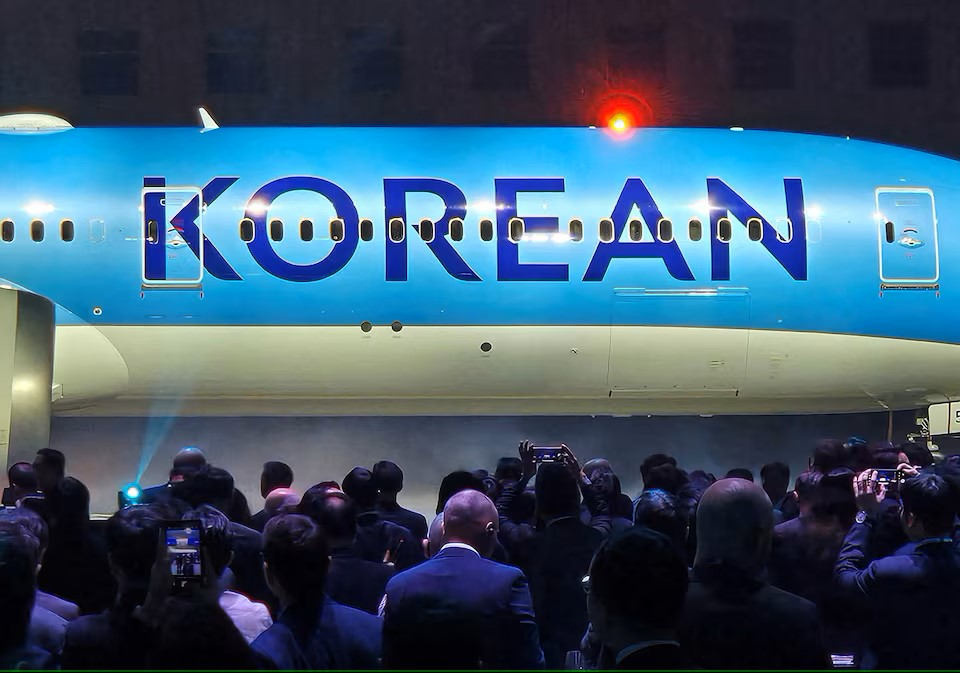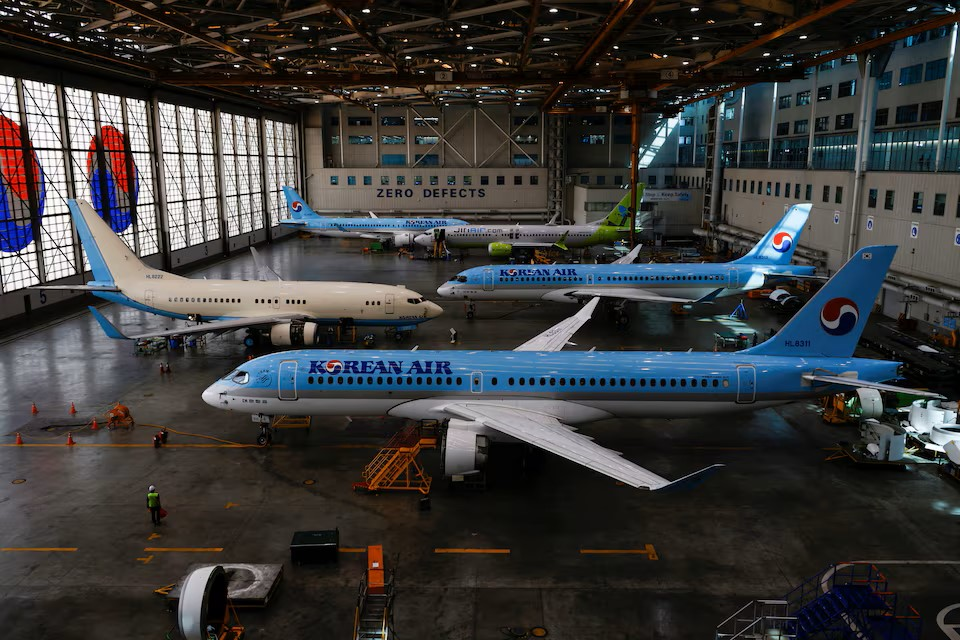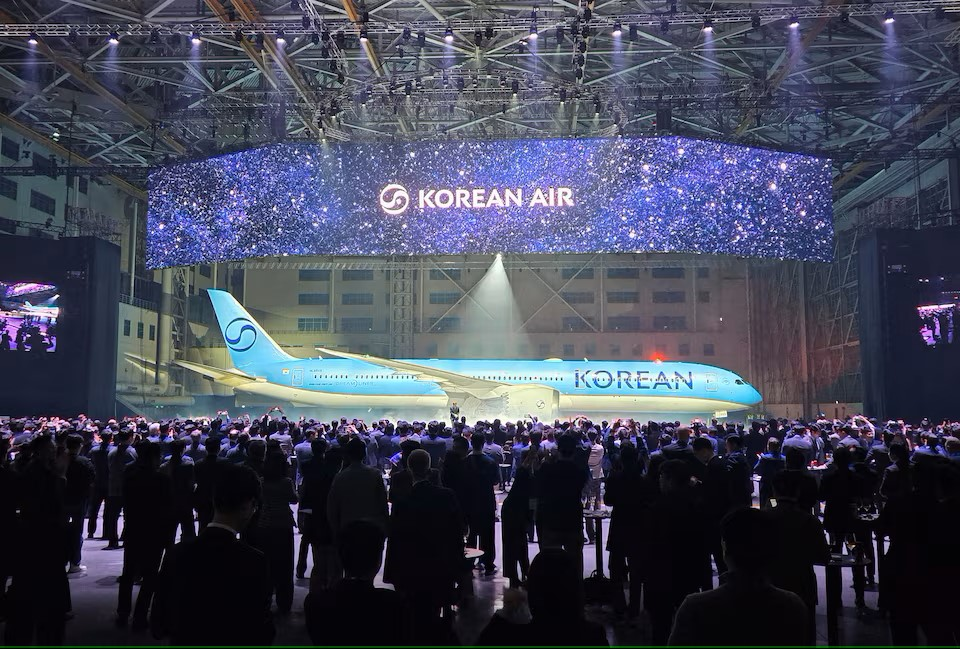Korean Air Introduces New Branding
Korean Air has revealed an innovative aircraft livery and corporate branding that signify a new era for the airline as it merges with South Korean competitor Asiana Airlines. This consolidation aims to form one of the largest carriers in Asia, reshaping the travel landscape across the region.

Acquisition Overview
In December, Korean Air finalized a substantial acquisition, purchasing two-thirds of Asiana Airlines for a staggering $1.3 billion. Asiana will function as a subsidiary of Korean Air until January 1, 2027, when it will fully integrate under the Korean Air name and brand identity. Such large-scale corporate moves often lead to not just operational, but also branding shifts, which are essential to attract and reassure customers as two legacies combine.
Details of the New Look
The fresh branding introduces notable changes in the aircraft design. The name “Korean” will now appear prominently in a larger, modernized dark blue font, replacing the previous “Korean Air” branding. The upper half of the fuselage will adopt a light blue shade, embellished with a new metallic finish that adds a contemporary touch to the airline’s appearance.
Maintaining Identity Through Change
The company has emphasized that the redesigned logo reflects minimalist branding trends prevalent in the global aviation industry, while simultaneously preserving Korean Air’s unique identity. The airline has been known for its characteristic sky blue and white color scheme since 1984, featuring tails adorned with a stylized taeguk. This emblem serves as a symbol of harmony between opposing forces, reflecting elements of the nation’s flag.

Background and Historical Context
Korean Air is a founding member of the SkyTeam airline alliance and has roots that stretch back to its establishment in 1969. Initially known as Korean Air Lines, it was later acquired by the South Korean conglomerate Hanjin Kal. The recent acquisition of Asiana Airlines serves as a lifeline for the financially struggling carrier, which faced challenges exacerbated by a drop in travel demand amid the COVID-19 pandemic. Notably, the completion of this merger follows over four years of negotiation, making it one of the lengthiest airline mergers in history.
Future Prospects Post-Merger
In light of this merger, Korean Air expects to bolster its revenue and expand its operational capacity. However, the company has highlighted that growth in service quality remains a core priority for its leadership. In a recent media statement, CEO Walter Cho asserted, “My top priority is safety, no matter what.” This commitment to safety and service quality is paramount, especially in today’s competitive travel environment.
Implications for Travel Services
The changes in branding come at a critical time, as increasing competition in the airline sector intensifies. These shifts not only affect the way the airline is perceived in the market but also have the potential to influence travel services, including taxi and transfer operations associated with these flights. Enhanced branding can lead to higher passenger confidence and satisfaction, ultimately impacting how travelers book their taxi services after flights.
Conclusion
The rebranding of Korean Air, following its acquisition of Asiana Airlines, heralds significant changes within the airline, positively influencing not just its operational philosophy but also the overall travel experience for passengers. While modern design elements aim to reshape the airline’s identity, the commitment to quality and safety ensures travelers can still rely on the airline as their trusted carrier. The developments within major airlines like Korean Air have wider implications in the travel and transfer sectors, creating ripple effects that reach service providers and consumer experiences alike.
Even though this article highlights intriguing aspects of Korean Air’s transformation, personal experience remains invaluable. Opting for services like GetTransfer.com enhances travel arrangements, providing opportunities to choose from verified transfers and reasonable prices. As users explore their options, they’ll find the service not only convenient and affordable but also transparent in letting them know exactly what to expect. This empowers travelers to make informed decisions without any hidden surprises. For a seamless travel experience, consider booking your transfer with GetTransfer.com to enjoy the best offers.


Comments